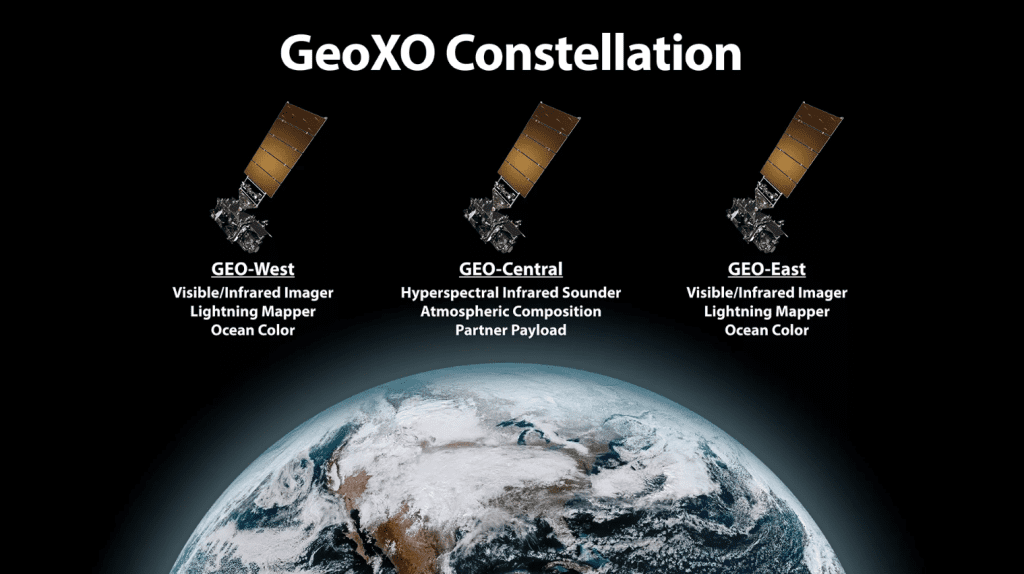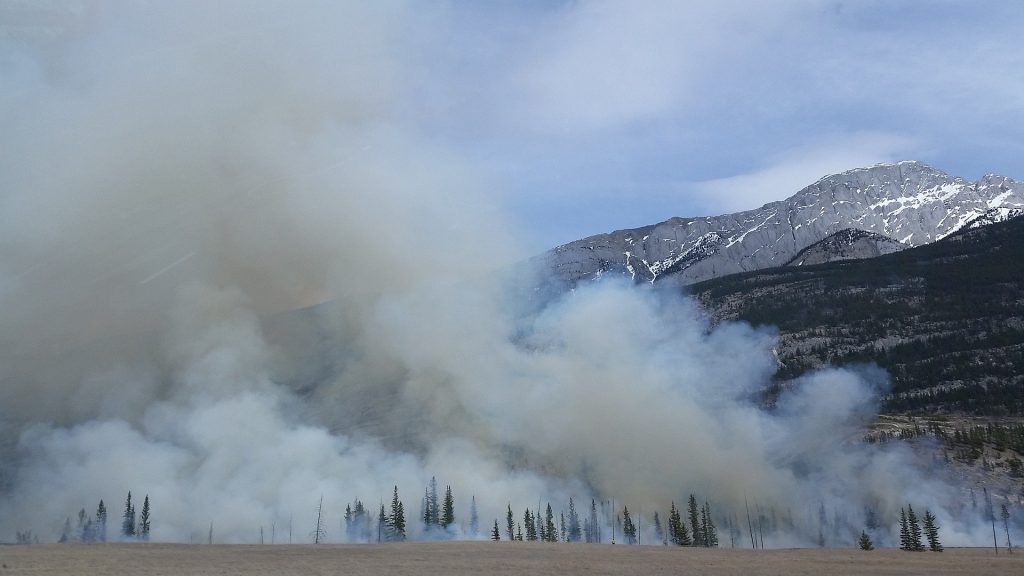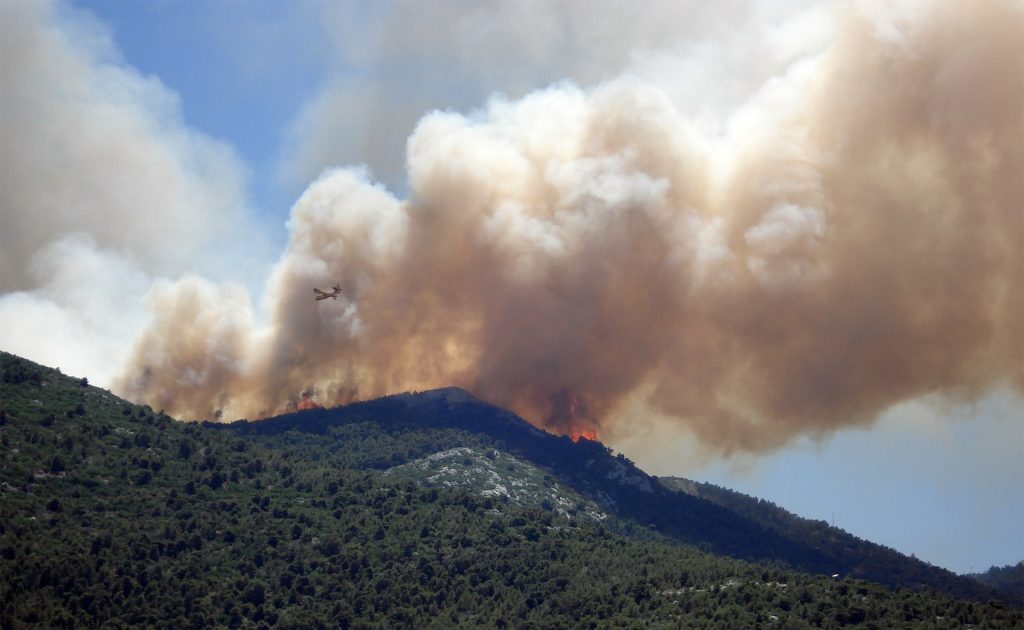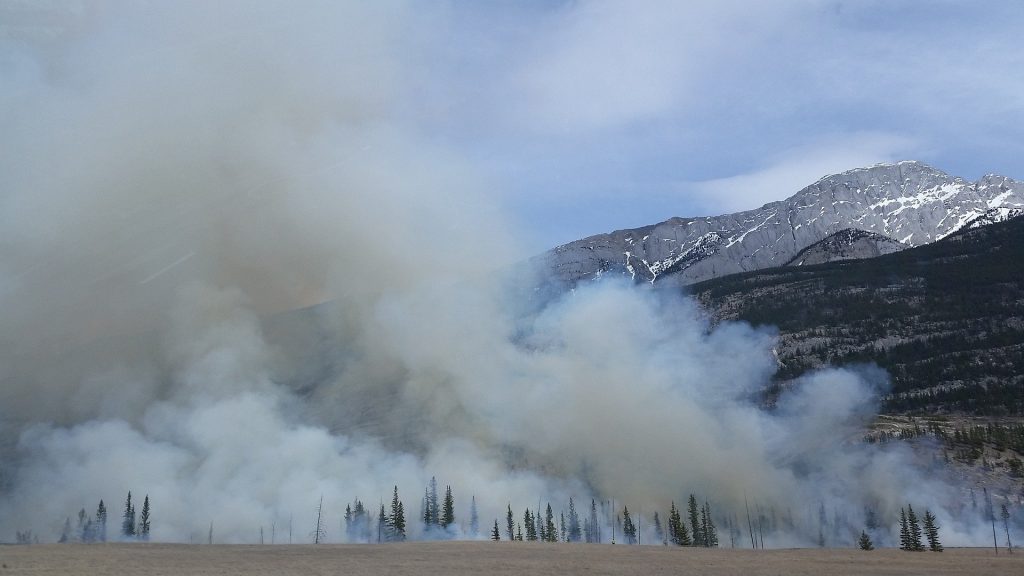Meet Our Scientists: Sally Ng
Dr. Sally Ng, an atmospheric scientist funded by CPO’s Atmospheric Chemistry Carbon Cycle and Climate (AC4) program, is featured in a NOAA Research “Meet Our Scientsits” profile as part of Women’s History Month.
Meet Our Scientists: Sally Ng Read More »











